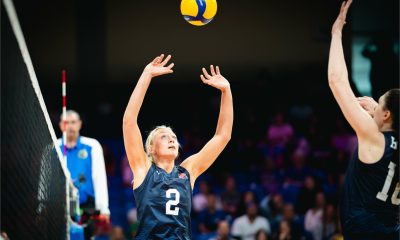
I’m asking Brian Spilbeler and Drew Borland a question that Boise State coaches, administrators and donors probably asked multiple times last offseason. How much will it cost to keep Ashton Jeanty?
But I want to tweak the question. What if Boise State had been in exactly the same situation — with the star back coming off an excellent sophomore season and expecting a transcendent junior season — but with the boosted dollar amounts for player pay that have come this offseason as schools prepare to start paying players directly based on the terms of the House v. NCAA settlement?
Borland taps his mouse a few times, and the living spreadsheet on my computer screen changes. I’m still looking at Boise State’s roster going into the 2024 season — and the evaluation of Jeanty is the one teams would have had going into last season — but Borland has adjusted the amount of money in the team budget to $20 million to simulate what a competitor trying to take away Jeanty might offer.
The total: $722,670.
Knowing what we know now — that Jeanty was the most dominant back in America as a junior — that number is still a bargain, even if it’s probably more than what Boise State had to pay to actually keep Jeanty last year. And it’s the kind of data crunching happening in every major college football program across the country as coaches and personnel officials try to manage their rosters going forward.
Spilbeler and Borland are showing me the product their companies have combined to create to help them manage all this data. Spilbeler works for Tracking Football, which began as a firm that matched documented track data with football recruiting data to help coaches find reliable information to judge players’ athleticism. Tracking Football has evolved into a much larger storehouse of data that builds platforms allow college personnel staffers to compare all manner of performance and evaluation data. Meanwhile, Borland works for SportSource Analytics, which provides data and analytics services to schools and professional teams in various sports.
The general manager tool they’re demonstrating has rolled out this spring, and it’s an evolution of the product the companies teamed up to create earlier this decade when the loosening of transfer rules created an explosion of demand for a way to quickly cut through the volume of data to identify which transfer portal players could be matches for schools.
It’s also not the only product in this space. Teamworks has created a general manager tool as well to help teams manage their payrolls in the revenue-share era. That product helps schools more on the financial side — allowing them to manage deals and even assisting in payroll services. The Tracking Football/SportSource Analytics collaboration is more of an evaluation tool designed to help schools that now need to run their personnel departments like NFL teams do but must be able to evaluate thousands more players on a smaller budget.
The tool uses Tracking Football’s data plus the FBS and FCS data compiled by SportSource. It also ties in data from subscription services all the schools use. Pro Football Focus data is included for schools that subscribe to PFF. Also, On3 and 247Sports recruiting evaluations are included as well as On3 NIL and roster valuations.
It’s a college football nerd’s dream, because it allows coaches and personnel staffers to customize the weighting of different data and factors to help them search for players who might fit in their programs. But now it also incorporates NIL valuation data to help those people answer three key questions:
- Who can we afford to get?
- Who can we afford to keep?
- Who can we afford to lose?
“None of what we do is intended to replace you using intuition, you evaluating tape,” Spilbeler said. “It’s a supplement. It’s providing a framework to provide a starting point and help you defend the spend.”
The process begins with deciding what matters. How do you want to spend your budget? Will it mirror an NFL team? Or will the split be customized to your coaching staff’s preferences? Will you bump up the percentage you give your running back room? And if you do, what position group do you take away from?
If you’re seeking players in the transfer portal, recent production probably should matter more. So you might bump up the weight of the recent PFF score over the career PFF score. If you need help at a position now — which is probably why you’re looking in the portal in the first place — you probably want to boost game experience and experience level and you also probably want to weight more heavily whether someone has been an all-conference performer.
Or maybe you have a deep position group and know you probably can’t afford to keep everyone on the roster. Spilbeler and Borland allowed me to play with Florida’s roster since that’s my alma mater, and one of the situations I wanted to examine was how the Gators’ coaches and collective leaders might have decided which edge rushers to keep.
Florida ended the 2024 season with a really deep room at a position most teams need. That meant it probably wasn’t going to be possible to keep everyone.
Tyreak Sapp led the Gators in sacks with seven. T.J. Searcy, Kamran James and Jack Pyburn looked as if they could be capable SEC starters in 2025. George Gumbs Jr. started his college career as a walk-on receiver at Northern Illinois and had moved to tight end and then defensive end. In his first season at Florida, while still fairly new to the position, he’d finished second on the team in tackles for loss (8) and sacks (5). L.J. McCray, a five-star recruit in the class of 2024, looked the part and made significant progress as a freshman. Justus Boone had logged solid snaps in 2022, missed 2023 because of injury and probably was a victim of the depth in front of him last year.
Most teams would love to have two or three players matching any of those descriptions, which meant some competitive offers were going to be coming for any player considering a transfer.
I asked Spilbeler and Borland to show me the edge rusher group at the end of the 2024 season. Sapp and Searcy were rated the highest, and McCray, James, Pyburn and Boone were clustered closely together. Gumbs ranked lower, dragged down by his initial recruiting rankings. (Walk-on receivers at Northern Illinois don’t come into college with much hype.) But knowing Gumbs’ story — as Florida coaches obviously do — probably allowed them to make an easy upward adjustment.
As I expected, the Gators probably had to make some difficult choices as the collective made offers for the 2025 season. They kept Sapp, McCray, James and Gumbs. Searcy likely will start at Texas A&M. Pyburn likely will start at LSU. Boone transferred to Arkansas.
This type of situation, Spilbeler said, is why it’s important for staffs to know exactly what matters to them and weight the factors accordingly. That way, when a tough decision has to be made, staffs can decide on the best way to spend their budget. It also helps when a player’s agent is using other offers to drive up the price.
“It’s super tempting to be overly concerned with what representatives are telling you other teams are willing to pay for somebody and let that drive your decision making because you want to compete and you want to win,” Spilbeler said. “But if that’s how you’re going to continue to develop your strategy, I don’t know how long that’ll last.”
Conversely, being able to compare all this data — including across multiple teams or portal entries — should allow staffs to narrow down who they might want to add. And Borland points out that if the tool says that linebacker you like should be worth $250,000 and his agent is only asking $200,000, that’s money saved that can be put toward another player.
“There’s your Moneyball right there,” Borland said.
General managers and coaches across the country are trying to find ways to win on those margins. The tools are coming to help them do it.
1

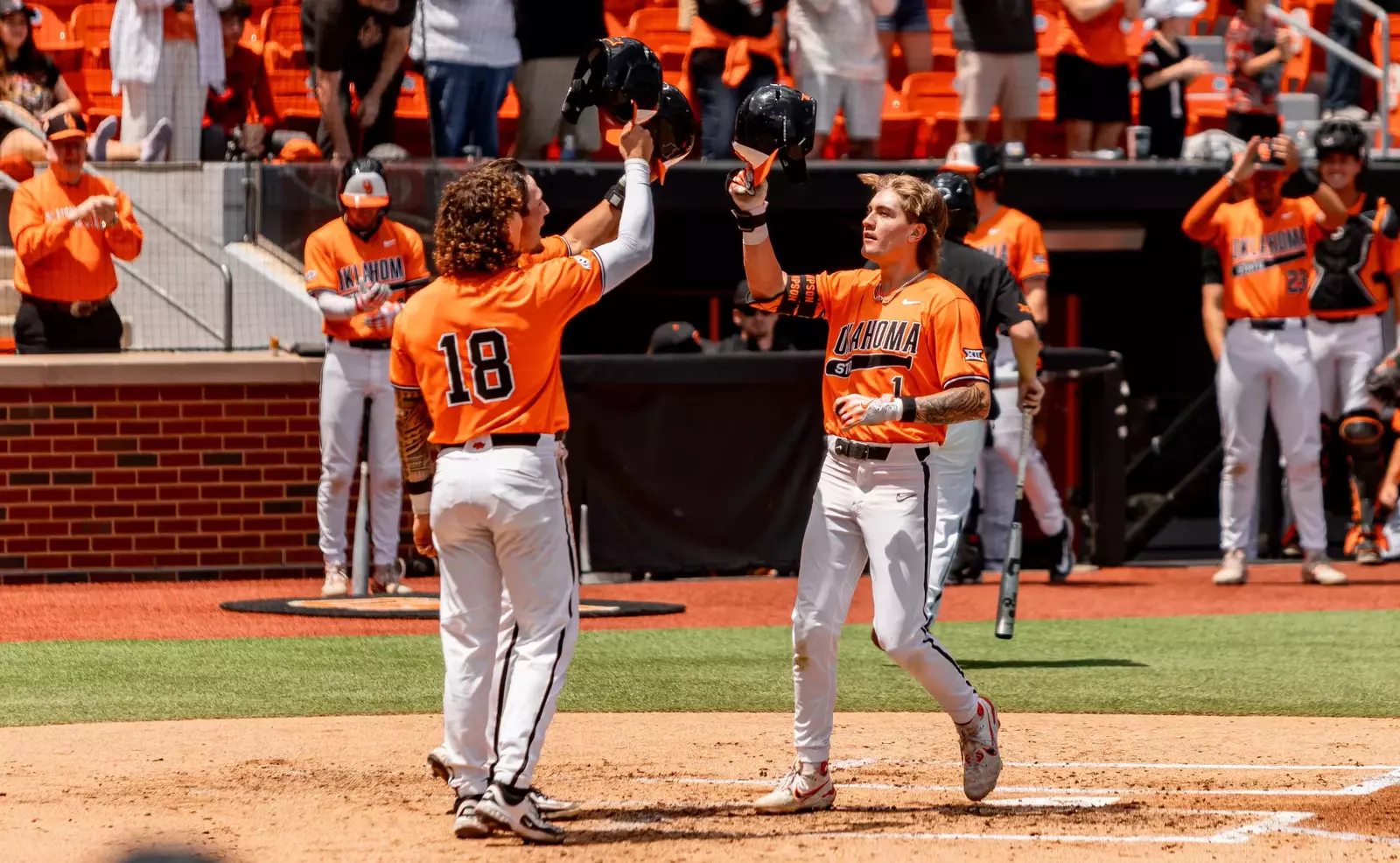


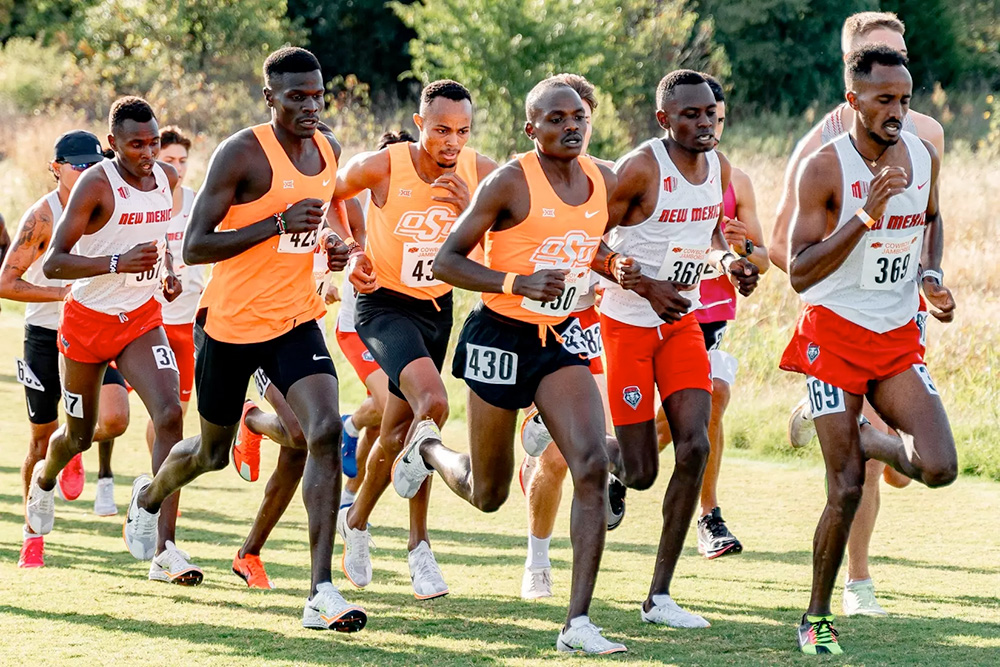


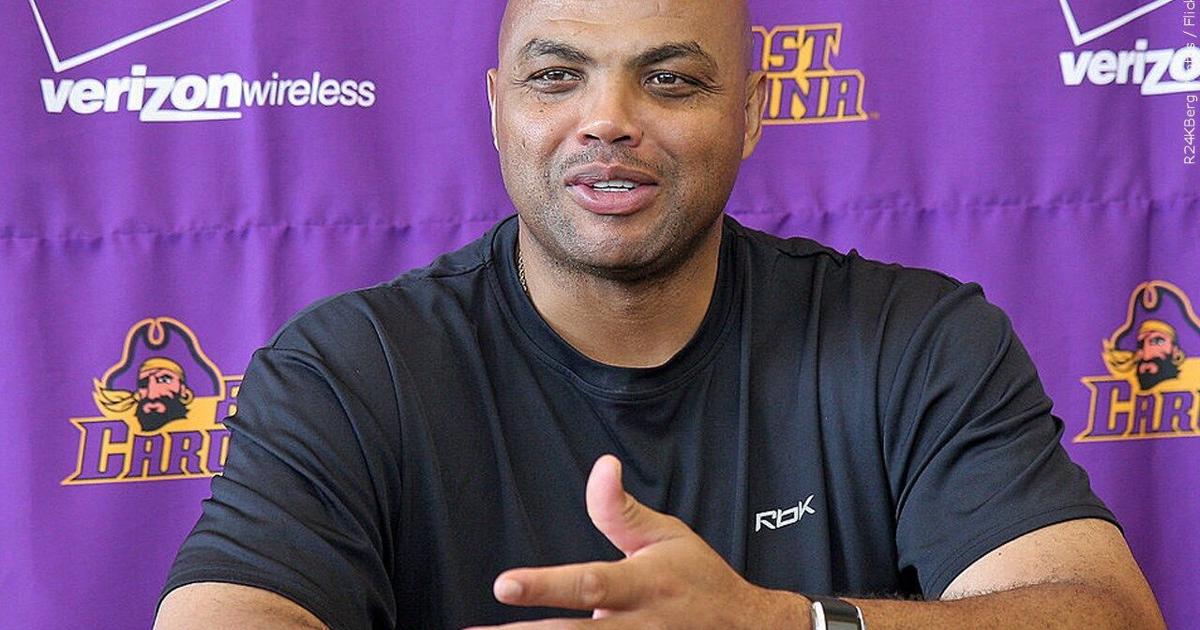


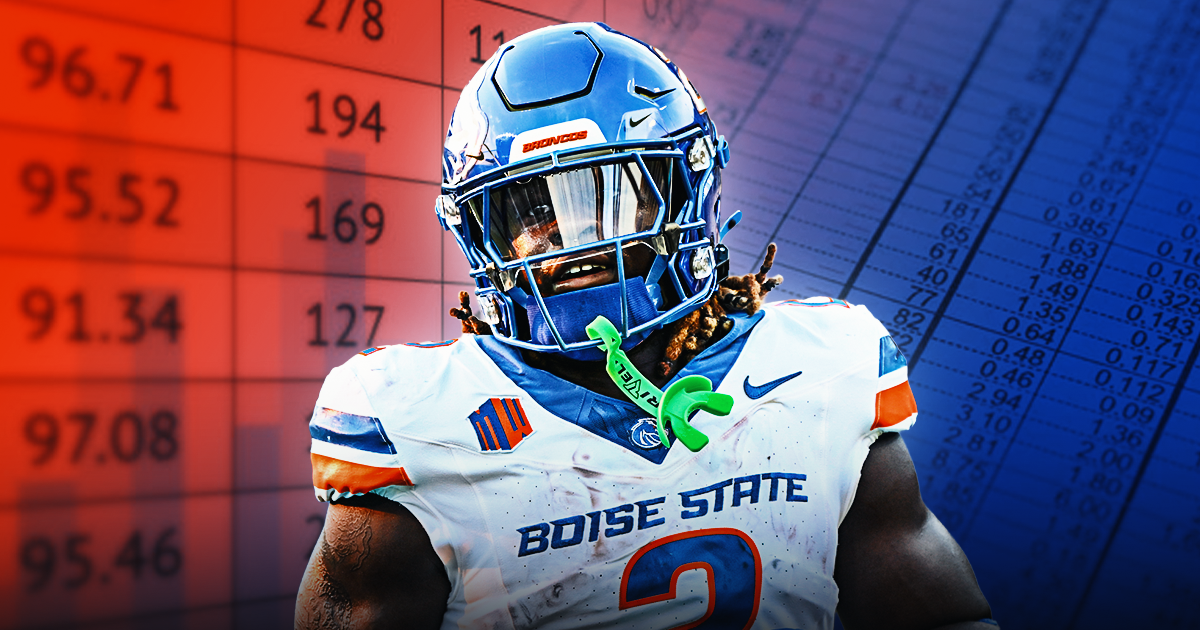




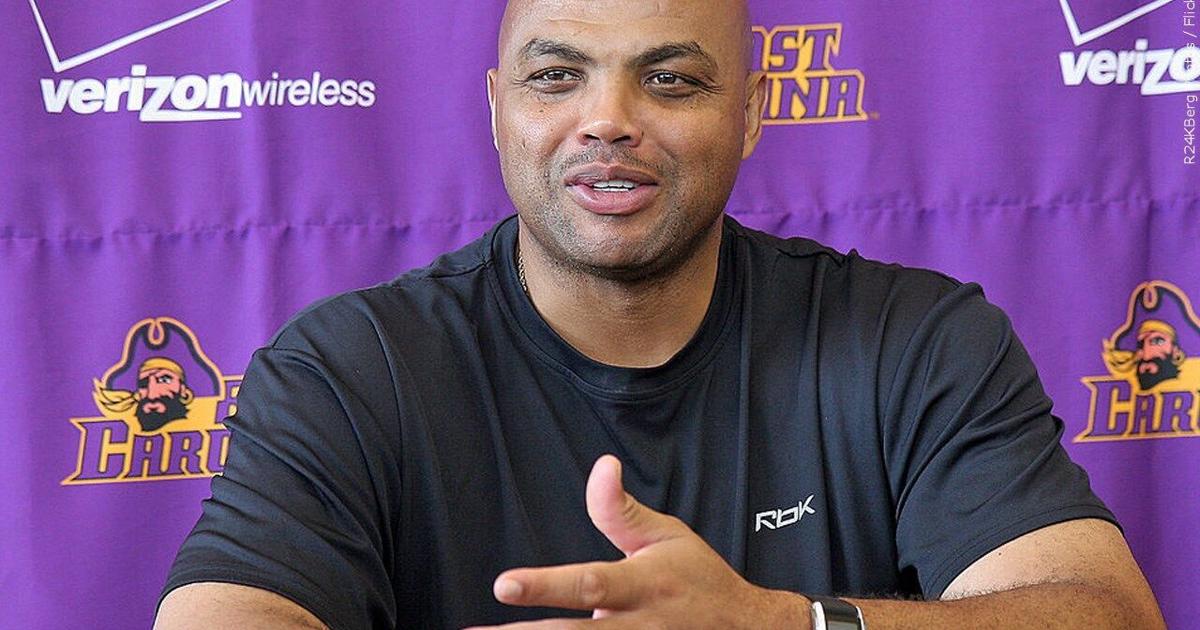





 (via jalilkuku/IG)
(via jalilkuku/IG)
 The BIGGEST HOME RUNS of the 2024 season!
The BIGGEST HOME RUNS of the 2024 season!






































